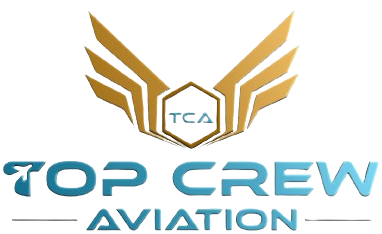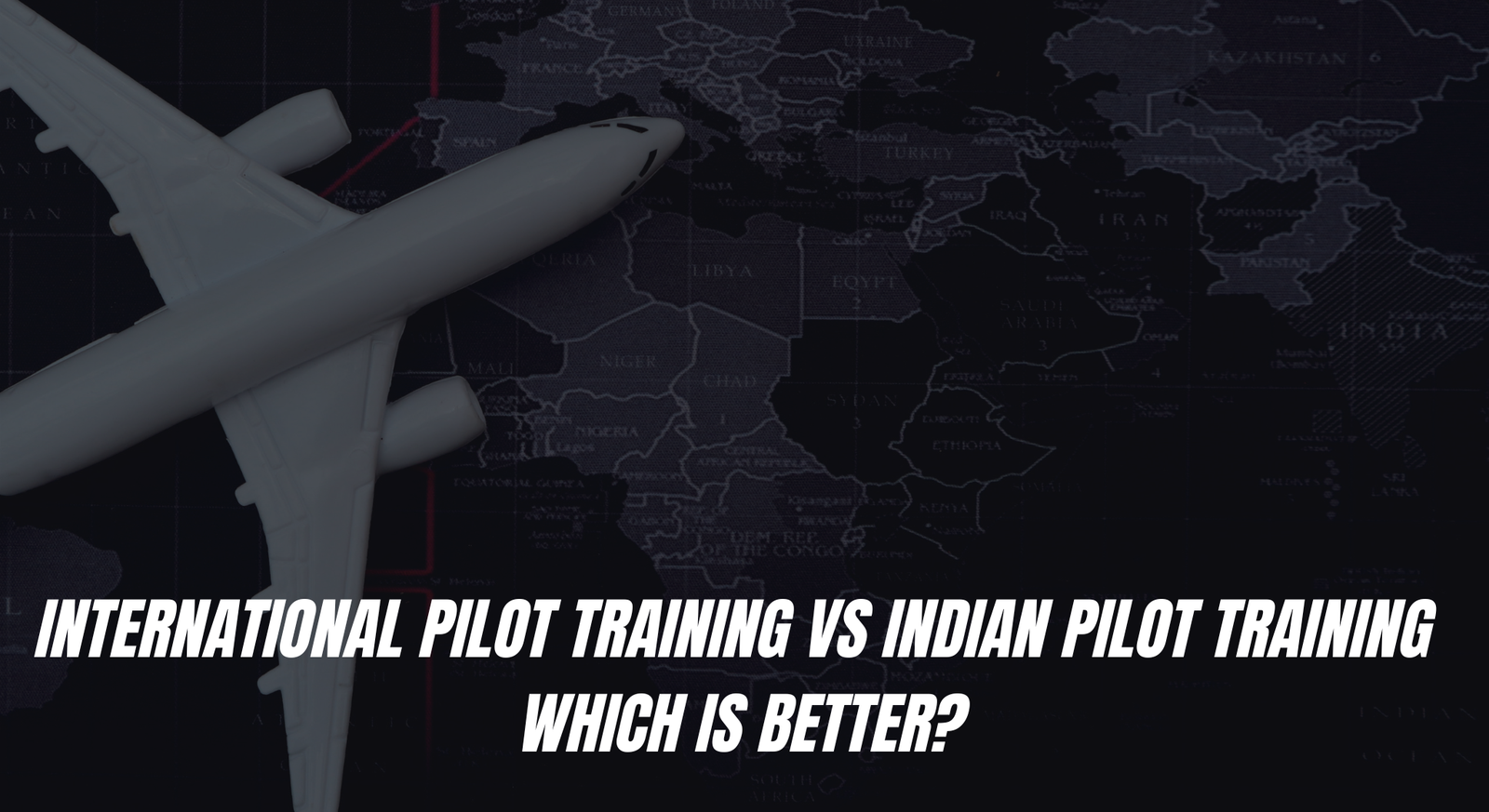Choosing the right Pilot Training program is one of the most important steps for aspiring aviators. With the aviation industry booming worldwide, both in India and abroad, students often wonder whether to pursue their training domestically or explore international opportunities. Among global destinations, South Africa has become one of the most sought-after countries for Pilot Training, thanks to its advanced facilities, affordable fee structures, and globally recognized licenses.
In this blog, we will explore the key differences between International Pilot Training in South Africa and Indian Pilot Training, highlighting why Top Crew Aviation Academy recommends South Africa as a strong choice for those aiming for a career as a commercial pilot.
Why Pilot Training is in High Demand?
The demand for professional pilots is rapidly increasing due to the growth of airlines, private aviation, and international travel. According to global aviation forecasts, thousands of new pilots will be required over the next two decades. Whether in India or South Africa, Pilot Training provides students with the opportunity to earn a Commercial Pilot License (CPL) and start their flying career.
This has led students to carefully compare Indian Pilot Training programs with international alternatives.
Pilot Training in India
India is home to several DGCA-approved pilot training institutes that provide comprehensive ground school and flying experience. Here are the main highlights:
Features of Pilot Training in India
- DGCA Regulations – All flight schools follow the Directorate General of Civil Aviation (DGCA) rules.
- License – Students earn an Indian CPL, which is valid for flying in Indian airlines.
- Training Hours – Students must complete a minimum of 200 flying hours.
- Exams – DGCA exams are mandatory for ground subjects such as Air Navigation, Meteorology, Air Regulations, and Technical General.
- Cost – Training in India usually costs between ₹35–45 lakhs, depending on the flying school.
Challenges in India
- High Waiting Period – Due to limited fleet and instructor availability, many students face delays in completing flying hours.
- Weather Conditions – Monsoons and poor visibility in certain regions cause frequent disruptions in flying schedules.
- Infrastructure Limitations – Some schools lack the advanced simulators and fleet diversity found in international academies.
Pilot Training in South Africa
South Africa has emerged as one of the most popular international destinations for Pilot Training. It offers students a professional environment with modern facilities and internationally recognized flight schools.
Features of Pilot Training in South Africa
- Global Recognition – Training is conducted under the South African Civil Aviation Authority (SACAA), and the CPL can be converted to DGCA standards for Indian students.
- Affordable Costs – Pilot training in South Africa is comparatively economical, ranging between ₹30–40 lakhs.
- Excellent Weather – With more than 300 days of flyable weather per year, students can complete training faster.
- Advanced Infrastructure – Schools are equipped with modern fleets, full-flight simulators, and experienced instructors.
- Multicultural Exposure – Students train alongside international cadets, giving them exposure to global aviation standards.
Advantages Over India
- Faster completion of flying hours due to consistent weather.
- Cost-effective programs with flexible payment options.
- Greater international networking and airline opportunities.
International Pilot Training vs Indian Pilot Training – Key Differences
| Feature | Pilot Training in India | Pilot Training in South Africa |
| Regulatory Authority | DGCA | SACAA (convertible to DGCA) |
| Cost | ₹35–45 lakhs | ₹30–40 lakhs |
| Weather Conditions | Limited, affected by monsoon | Excellent – 300+ clear flying days |
| Flying Hours Completion | Delayed due to weather and traffic | Faster due to consistent conditions |
| Fleet & Infrastructure | Moderate, limited simulators | Advanced, international-standard facilities |
| License Recognition | Valid in India | Globally recognized, convertible in India |
| Exposure | Domestic peers only | Multicultural international training environment |
Why Choose South Africa for Pilot Training?
South Africa offers a unique combination of affordable Pilot Training, quick completion time, and global exposure. For Indian students, it also provides the added benefit of easy conversion of SACAA licenses to DGCA standards, enabling them to fly in India after returning.
Additionally, the country is known for its strong aviation heritage, English-speaking environment, and international airline connections.
Read Also – Best Air Hostess Career Courses at Top Crew Aviation Academy
Top Crew Aviation Academy – Your Guide to Pilot Training
When it comes to selecting the right destination and academy, Top Crew Aviation Academy plays a crucial role. As a leading aviation training and career guidance institute, Top Crew provides students with:
- Counseling for both Indian and international Pilot Training.
- Partnerships with top South African flight schools.
- Assistance in DGCA exam preparation.
- Support for visa, admission, and license conversion processes.
- Career guidance for placements with airlines in India and abroad.
Which Option Should You Choose?
- Choose India if you want to train locally, save on travel expenses, and are comfortable with longer training timelines.
- Choose South Africa if you want faster training completion, lower costs, and international recognition.
Ultimately, the choice depends on your career goals, budget, and preference for global exposure.
Conclusion
The debate between International Pilot Training vs Indian Pilot Training is an important one for every aspiring aviator. While India provides familiarity and DGCA-approved CPL programs, South Africa offers world-class training with excellent weather and infrastructure, at competitive costs.
With the right guidance from Top Crew Aviation Academy, students can make an informed decision and take the first step toward a successful aviation career.


